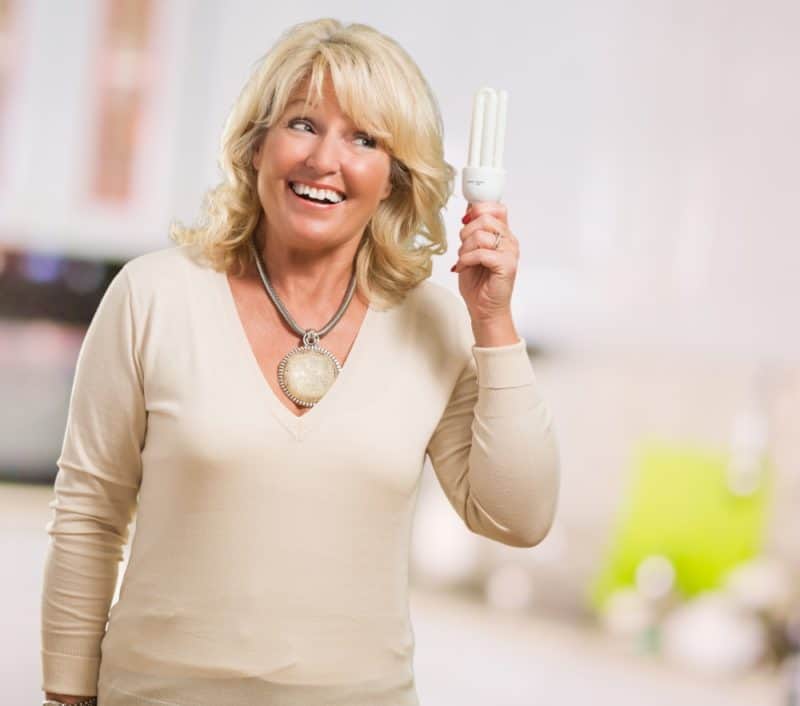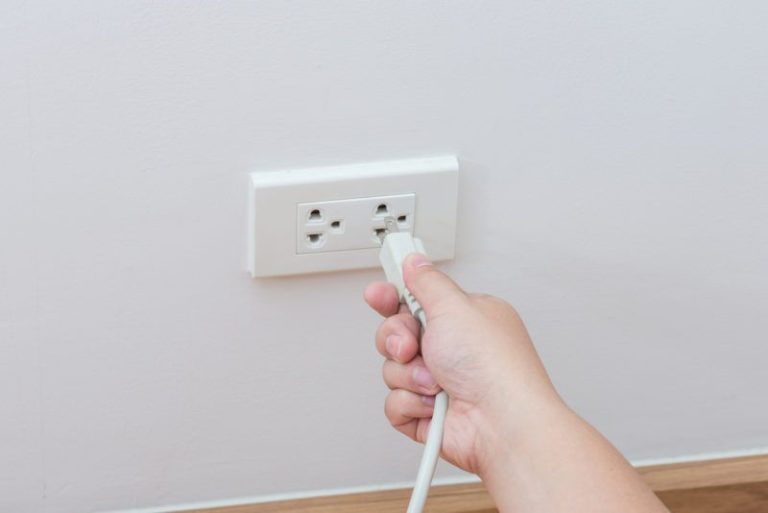4 Tips to Improve Your Health with Proper Indoor Lighting
With an abundance of sunlight throughout the year, residents of Bradenton and St. Petersburg, Florida, enjoy good visibility in the outdoors. However, when you’re indoors, overly dim or bright lighting can lead to a wide range of health and mood problems, such as eye strain, irritability, drowsiness, dizziness, headache, neck soreness, and double vision. Whether you’re at home or in your workplace, you can follow these lighting tips to improve your health and well-being.
Use the Right Amount of Light
The amount of light you need depends on your activities and the time of day. You’ll need more light in the day to stay alert and focused at work or in school. In the evening and late night, you’ll want to have less light in your home to create a more conducive environment for relaxation. Make sure you dim the lights and turn off the TV an hour before you go to bed because your body has a tendency to perk up when it’s exposed to bright light. This makes it harder for you to fall asleep.
Using artificial lights at night can reduce the melatonin levels in your body. Melatonin is a vital hormone that controls your body’s circadian rhythm, which is your daily body clock. Improper intensity or timing of melatonin production can have a negative effect on your ability to sleep well and think clearly, as well as your blood pressure and glucose levels.
Watch TV With Ambient or Bias Lighting
Watching TV can strain your eyes and lead to headache, watery or dry eyes, or general discomfort. Eye strain can happen whether you turn off all the lights or have some lights on. If you watch TV in the dark, your eyes have to work harder to average out the bright light from the TV across the dark space within your field of vision. If you have some lights on, your eyes need to fight against the haze and glare that reflect off the TV screen.
Ambient or bias lighting is a source of light that illuminates the wall or surface behind your TV. It helps reduce eye strain by increasing general luminance in the room, so your eyes don’t have to average out the light from the TV.
Use the Right Color Temperature
Selecting the right color temperatures for your light sources can have a positive impact on your eye health and physical and mental alertness. It enables you to read without straining your eyes, focus better when studying, and feel more relaxed when resting on the couch. Cooler temperatures that look blue can enhance your ability to concentrate and study, while warmer temperatures that appear red or yellow can help create a more relaxing environment. Choose the ideal modes for different situations to protect your eyes and get the most out of your activities.
Wake Up With Light
While you should dim or turn off the lights before sleep, it’s beneficial to start exposing your body to light sometime before you wake up.
Light can play an important role in your morning routine. Since your energy levels and body react positively to light, you should try to wake up on the brighter side of your bed. If you have light entering your room about half an hour before your alarm clock goes off, you’ll feel fresher and more energetic when you wake up in the morning. It will help reduce your desire to press the snooze button.
Proper lighting is crucial to your health and well-being. Your body needs the right amount of light at the right intensity and time in order to keep its internal clock functioning optimally. By ensuring that you receive the appropriate light levels at different times of the day and taking measures to reduce light-related health risks, you can improve your eye health, mood, alertness, productivity, sleep patterns, and general health. If you need advice on how to create a healthy lighting environment in your home or workplace, feel free to contact us at Luminous Electric.







